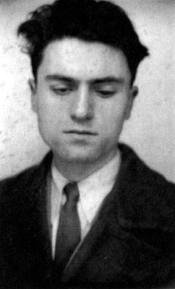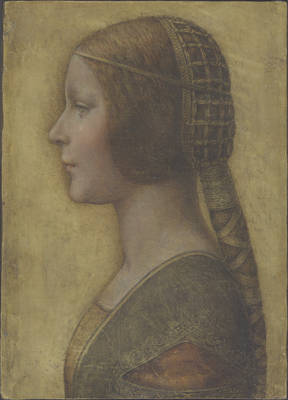A Menu for Creativity
 Friday, September 30, 2011 at 03:20PM
Friday, September 30, 2011 at 03:20PM He to whom nature
begins to reveal
her open secret
will feel an irresistible
yearning
for her most worthy interpreter,
Art.
-Goethe
After a ten day stretch in Boston and on Cape Cod, I am feeling like moving to be near the ocean's healing breezes all the time. I know that desire won't last for long because I am such a desert rat, but walks on the shore picking up sea shells and a unique sighting of a sea lion catching fish renewed my dry New Mexico body and soul. The trip ended on a three day high.




Day one: A weekend watercolor workshop, In the Painting Spirit, was the catalyst to get me on the Atlantic beaches, inspired by the art of Morris Graves. (He is one of my favorite painters and a superhero of mine in terms of the aesthetic life he led). Our weekend started with my friend Sandy, "hostess with the mostess" and a walk on Long Nook beach in Truro, then time in her kitchen preparing butternut squash soup.


Later that afternoon, once everyone gathered, we talked about art-making as a sacred conversation with nature and read a bit of Annie Dillard's book, Pilgrim at Tinkers Creek:
 "Something broke and something opened. I filled up like a new wineskin, I breathed an air like light; I saw a light like water, I was the lip of a fountain the creek filled forever; I was ether, the leaf in the zephyr; I was flesh-flake, feather, bone."
"Something broke and something opened. I filled up like a new wineskin, I breathed an air like light; I saw a light like water, I was the lip of a fountain the creek filled forever; I was ether, the leaf in the zephyr; I was flesh-flake, feather, bone."
Filled up on her words and after a delicious dinner, (thanks to everyones helping hands), we started to paint.
Day two: We began some under-paintings using sponges as a tool, in a similar way to the grounds of Graves' paintings. Then another walk along la mer, this time-bayside; shells and seaweed gave us ideas for muted color-palettes and sandy textures.


The day ended with a meal of mussels in curried coconut broth and linguine with good vibes.
www.simplyrecipes.com
Day three:
Watching sea lions in the waves, I was sorry this immersion in watery concerns had to end. But everyone said, let's do it again, same time next year.



Thank you Kate, Barbe, Rochelle and Sandy for a dream weekend.
For more about the art and life of Morris Graves:



